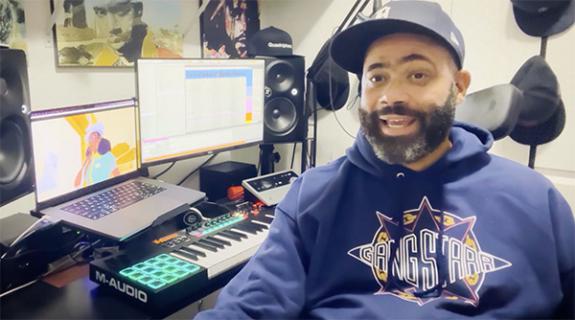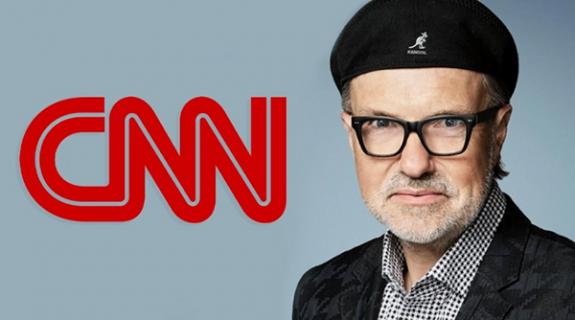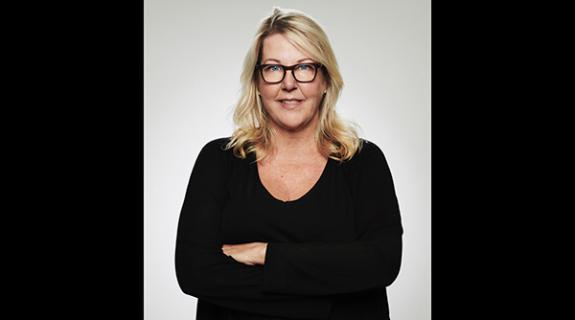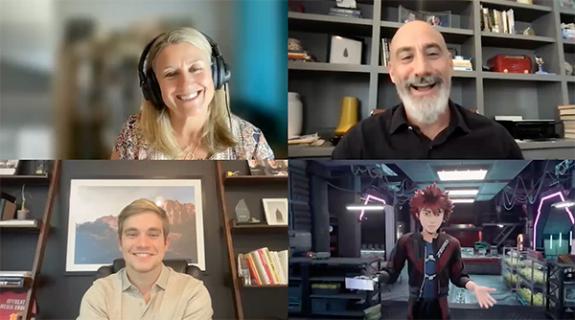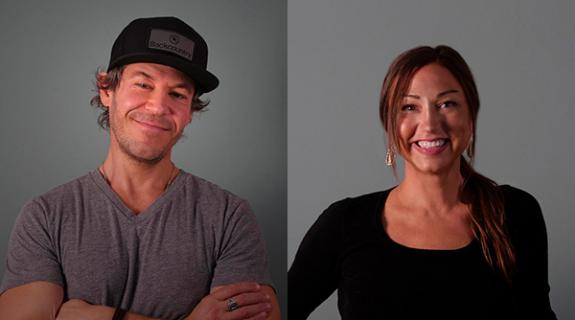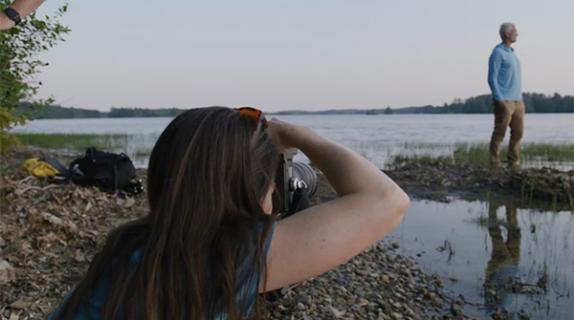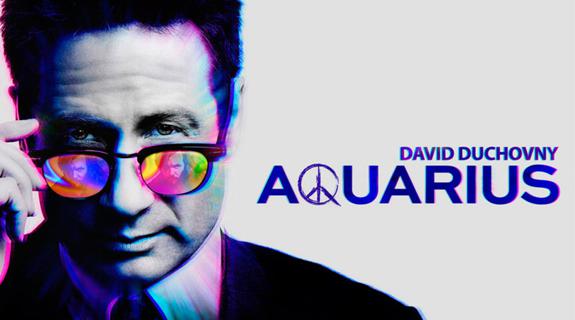When Evan Shapiro was president of Participant Media’s Pivot, launching the network’s app “was just as important as launching the network,” he told Brief. Now, as EVP of digital enterprises at NBCUniversal, “launching the app IS launching the network. On my team, there is no linear in our speaking.”
A speaker at the upcoming PromaxBDA: The Conference session “There’s an App for That: Revolution in Content Delivery,” Shapiro is spearheading, among other things, the launch of NBC’s upcoming subscription video on demand (SVOD) comedy service. At the time of this writing, details about the OTT venture were still pretty hush-hush , but the offering can be seen as a bridge of sorts between old and new methods of content delivery.
“We are marrying the best of cable to the best of OTT,” said Shapiro. “We’re going to take the DNA of a big niche cable brand and the DNA of a pure over-the-top player and try to tease up the best elements of both.”
Shapiro called this filtering of content into ever more specific categories the process of “niche-ification.” As cable once niche-ified the offerings of linear television distributors, apps niche-ify the offerings of non-linear distributors such as Netflix.
“The idea that people are only going to subscribe to big broad channels that supply kids programming and Orange is the New Black simultaneously—that’s not how the history of video has happened up until now,” said Shapiro. “You start with the big broad players who play to the least common denominator and then you niche-ify.”
It’s hard to predict how everything will pan out in this bold new direct-to-consumer landscape, but you can count on at least one trend sticking around for a while, said Christy Tanner, SVP and GM of Media for CBS Interactive and another “There’s an App for That” session speaker: “Binge-watching has established itself as a habit that is here to stay and has to play into any video strategy.”
Binge-watching is not just a new way to watch TV. For many viewers – particularly younger viewers – it has become the only way to watch TV. These younger viewers are so far ahead of the curve, “they are, in many ways, teaching us what works best, versus us prepping them for a certain kind of future,” said Matthew Evans, SVP of digital for Viacom Kids and Family Group and the third speaker at “There’s an App for That.” And one major lesson those young viewers have to teach currently involves binge-watching.
“At the beginning of the school year my son had to fill out a questionnaire for his class,” Tanner said. “He’s in seventh grade and he wrote, ‘I like tigers, the color orange and binge-watching.’”
Tanner said her son and his friends kick the term around in an almost competitive fashion, one-upping each other on their binge-watching prowess “like they are playing soccer.” But how all this affects “our business model,” she continued, “is another question… The way I think it’s evolving is that binge-watching, or let’s say releasing all episodes at once, is destined to become a part of the playbook for certain shows or at certain points of time in the life cycle of certain shows. Shorter-season cable shows – they pick up steam in the second or third season because people are able to binge-watch them when they become available in the [previous seasons].”
An obvious recent example is AMC’s Breaking Bad, which picked up incredible momentum the second half of its duration thanks in large part to its availability on Netflix, where a whole new audience found it through binge-watching. Tanner also cited as an interesting case study NBC’s plan to release all 13 episodes simultaneously of its new David Duchovny drama, Aquarius, on its website, NBC mobile app and on-demand platforms following the live broadcast of the season premiere on May 28. The catch is, the full season will be available for four weeks only as the first four episodes also continue airing in their normal time slot. It’s an intriguing duration of time in that it’s long enough for plenty of people to binge-watch the show, but short enough that many stragglers will miss their window of opportunity. If the buzz from those early-in binge-watchers is strong, the strategy could prove to be a brilliant way of generating the kind of word-of-mouth that gets people to tune in to the linear broadcast. Either way, it’s a fascinating experiment that touches on what Shapiro called the “existential questions” that the TV industry will have to content with over the next three-to-five years.
The first of these is “the HBO Now question,” Shapiro said. “’Do I replace the need to subscribe to cable by providing my channel direct to the consumer?’ The second is the supplying of the huns with food and water – or, ‘do I continue to sell my best content to Netflix for short-term gain while I cede customers to them over time?’”
And lastly, continued Shapiro, “‘is it necessary to destroy the linear pay-TV ecosystem to develop new products that also satisfy an OTT consumer?’ These things are not mutually exclusive.”
Preserving that delicate ecosystem while nurturing both app-based and linear content delivery methods is perhaps the greatest challenge TV faces.
“Moving forward, the industry needs to work together on things like home-based authentication to make the experience easier for consumers,” added Viacom’s Evans, “and begin thinking about how to evolve programming and promotion strategies for on-demand experiences.”
Tags:



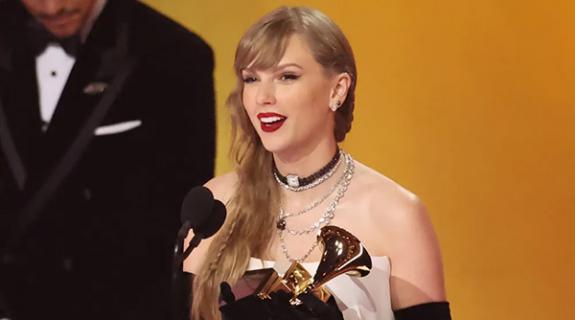
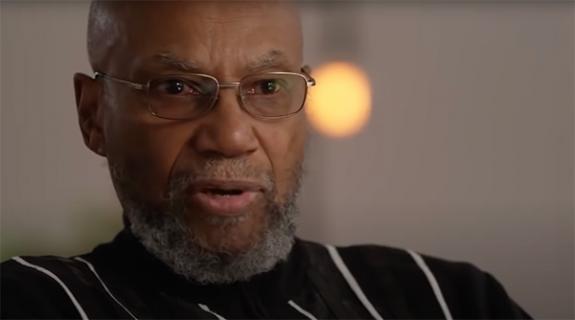

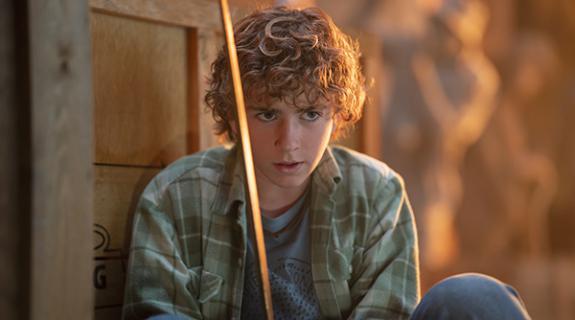



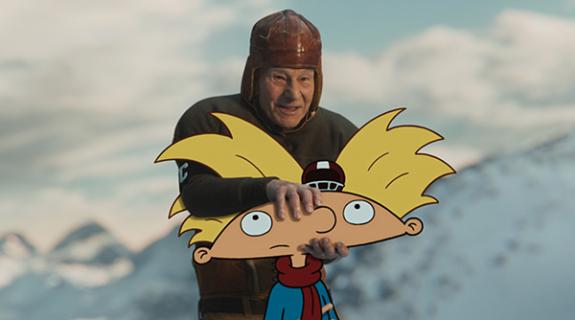

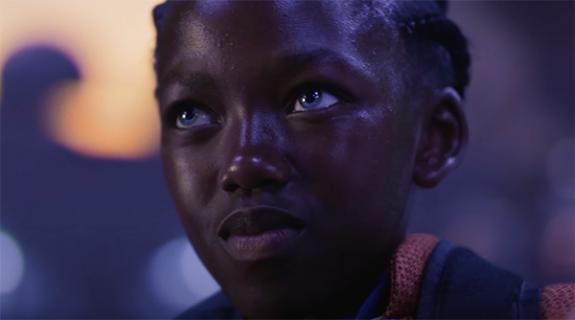
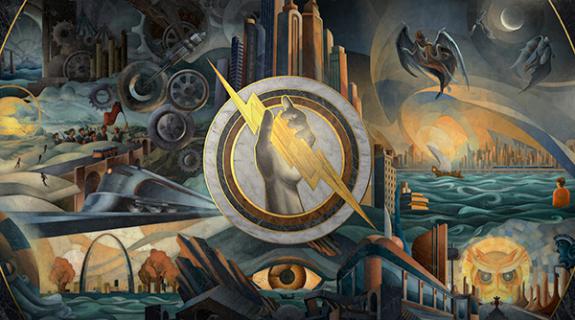
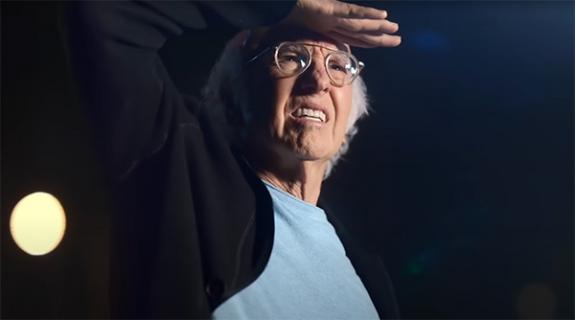


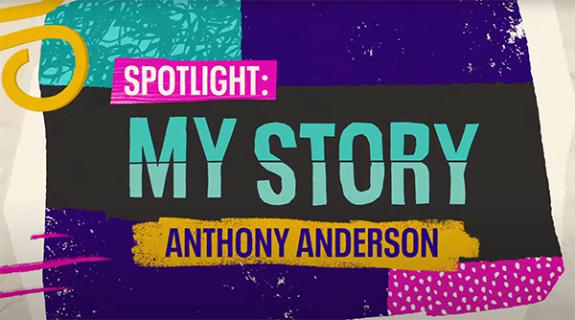
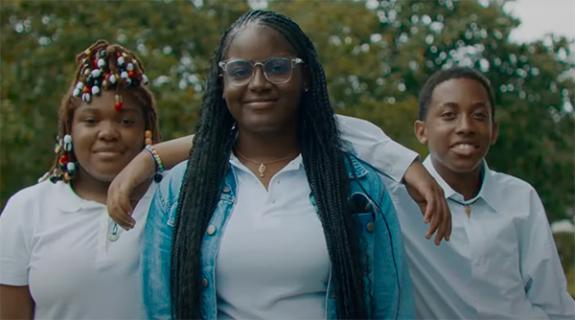




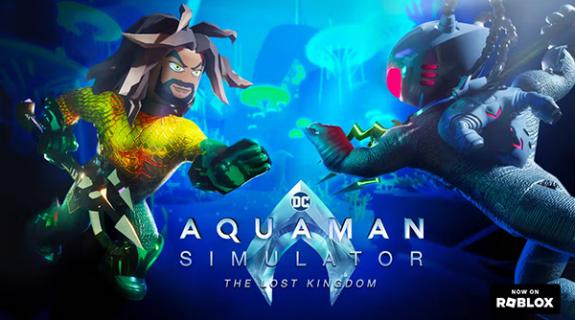
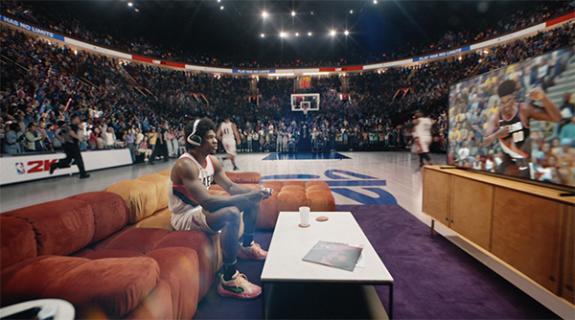
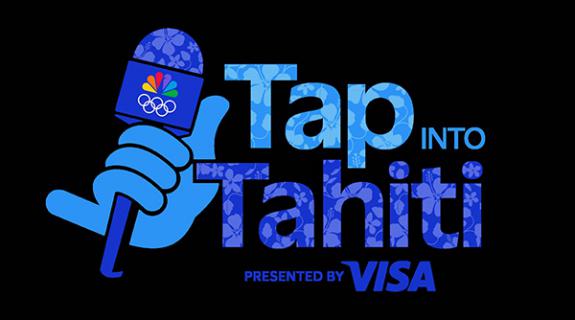
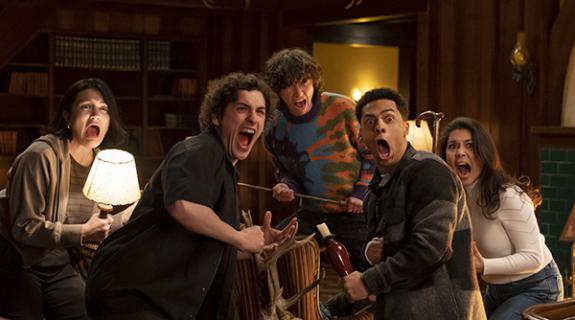
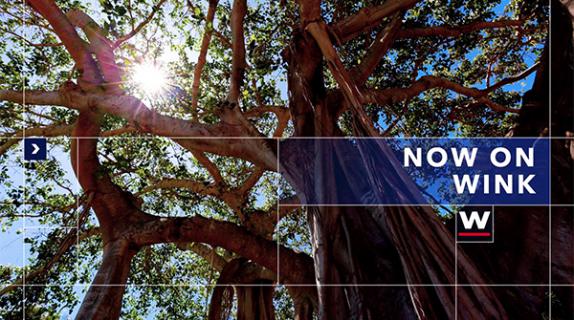
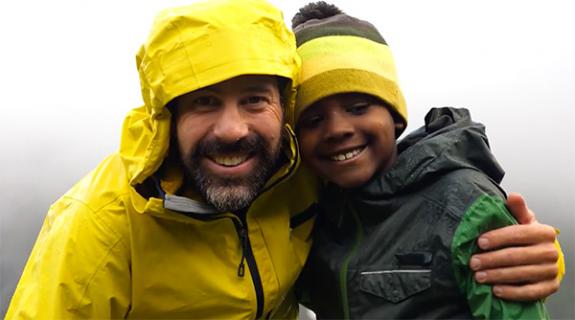






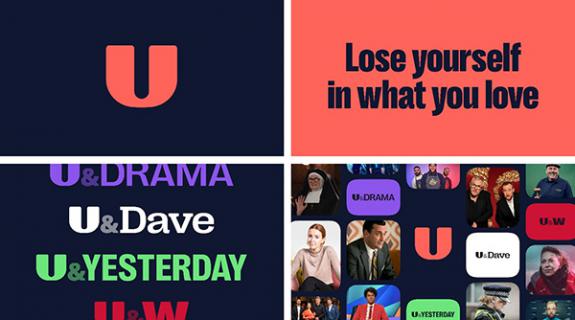

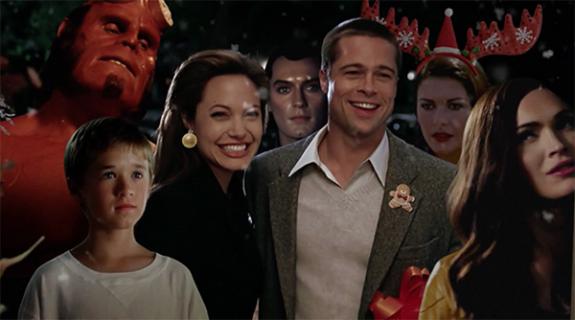




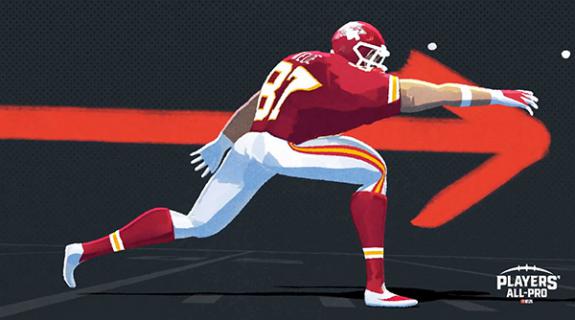

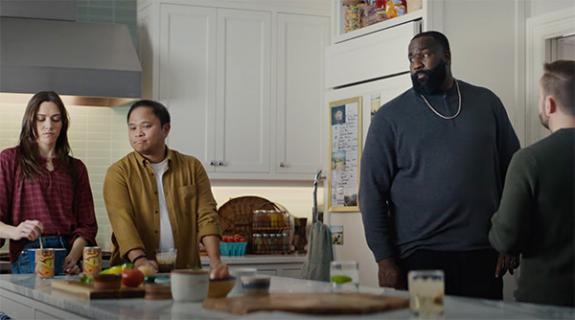
__twocolumncontent.jpg)

